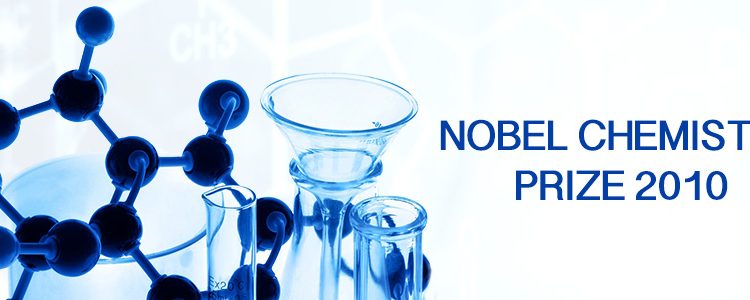Making Complex Organic Matter (Nobel Prize in Chemistry 2010)

Carbon is the basis for all organic molecules, and therefore life itself. The synthesis of complex organic molecules can be a challenging task since carbon atoms prefer not to react with each other due to their inherent stability. The earlier processes used to create chemicals with sophisticated structures led to a number of unwanted residues in the reaction products.
The Nobel Prize in Chemistry for 2010 was awarded to Richard F. Heck, Ei-ichi Negishi and Akira Suzuki for developing the technique of “palladium-catalyzed cross couplings in organic synthesis”. Each of them proposed different reactions, which are now named after them. This method enhances the possibility of reactions between carbon atoms due to their proximity to palladium atoms, and is an accurate and effective way to create organic molecules with complex structures.
The role of palladium is that of a catalyst i.e., it aids the reaction process. Iodine atoms tend to draw away electrons from carbon atoms, which in turn are attracted to the palladium atoms, which are rich in electrons. The resultant proximity of the carbon atoms increases the chances of coupling between them, and the palladium atom is then free to participate in another reaction. In this manner, complex organic molecules can be created in sufficiently large quantities. This is particularly useful if these are either not found in nature or available only in small quantities.
The Chemistry Nobel Prize coincidentally has a connection to the Physics Prize according to recent work, where palladium was combined with graphene followed by immersion in water to facilitate the reaction.
Through various types of reactions, a number of useful materials have been obtained:
- Pharmaceuticals: Anti-inflammatory naproxen, montelukast for asthma, anti-cancer drugsdiscodermolide and diazonamide A.
- Electronics: To control the amount of blue light in Organic Light Emitting Diodes (OLEDs) which are used in the manufacture of monitors, with a thickness of a few millimeters.
These reactions are expected to continue to yield a number of complex organic substances, which will find application in various spheres of life.









